The Tribunal de las Aguas
If passing through the Plaza de la Virgen at noon on a Thursday, you’ll have to fight your way past a huge conglomeration of people gathered at the cathedral’s back door. You might want to pause and join the group yourself, in order to see Valencia’s Tribunal de las Aguas: the oldest continuing court in Europe.
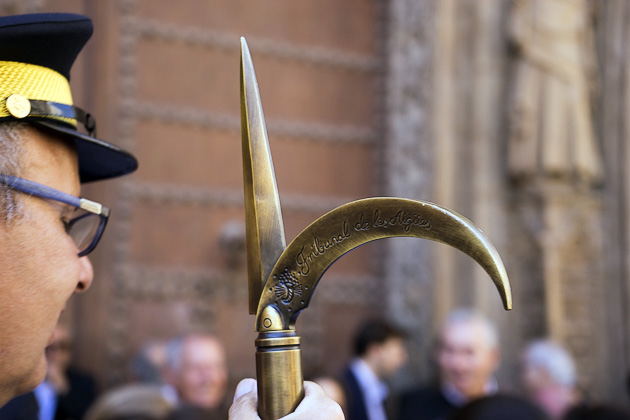
Water distribution has always been a difficult topic in Valencia, from the days of the Romans up into the present. There are eight principal aqueducts (Mislata-Chirivella, Mestalla, Quart, Benácher, Faitanar, Favara, Rovella, Tomoros, Rascaña), and with hundreds of farmers fighting over their fair share of water, proper administration can become contentious. What to do when your crops are parched while your neighbor’s are flourishing? Why, denounce the water hog in court!
The exact date of the tribunal’s establishment is uncertain. Some scholars point to the days of the Romans, when the aqueducts were originally constructed, but the most commonly-accepted timeframe is during the Moorish occupation, perhaps at some time in the 9th century — the fact that the tribunal occurs on Thursday, the day before the Arabic holy day of Friday, supports this theory. But the first written reference to the water court appears in the 13th-century Valencian Furs, which was a type of medieval Constitution for the kingdom.

Barring holidays, the court meets every Thursday at noon in front of the Door of the Twelve Apostles. There are eight judges, elected democratically from the communities served by the eight individual aqueducts. The court proceedings are swift, oral in nature, and held strictly in the Valencian tongue. One by one, a speaker calls out the names of each aqueduct, looking for plaintiffs. Should an aggrieved party step forward, the court will hear their complaint, and then seven of the judges (exempting the one representing the aqueduct in question) will rule. The process lasts no more than a couple minutes, and the tribunal’s decisions are final. Its authority is explicitly recognized by the Spanish government.

The Tribunal de las Aguas has been recognized by UNESCO on its list of Intangible Cultural Heritage, and the weekly sessions in the Plaza de la Virgen draw hordes of onlookers. If you want to see anything, you’ll have to show up way in advance. I’d recommend forty minutes, or even more. And don’t expect fireworks. These eight black-clad gentlemen are simply doing their weekly task as quickly and efficiently as possible. Often, there are no plaintiffs, and after the speaker calls out the name of each of the eight aqueducts, the judges get up and leave.
It’s not as though the court’s anti-climatic nature is a real surprise. This is a water tribunal, after all; they’re not going to sentence someone to an immediate decapitation in the plaza. But the very fact of this court’s existence is fascinating, and I have a feeling it will remain a Valencian institution for as long as the city’s crops need water.
Tribunal de las Aguas – Website
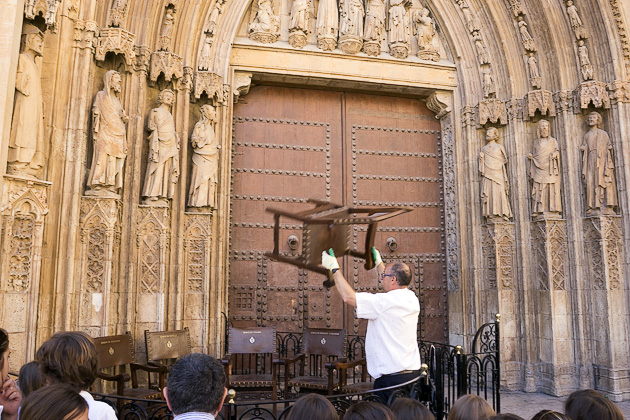

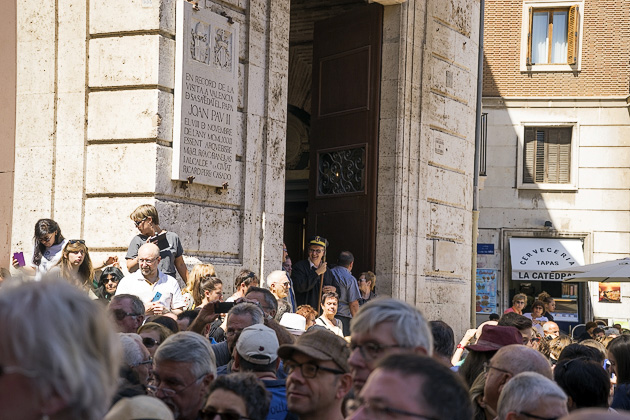

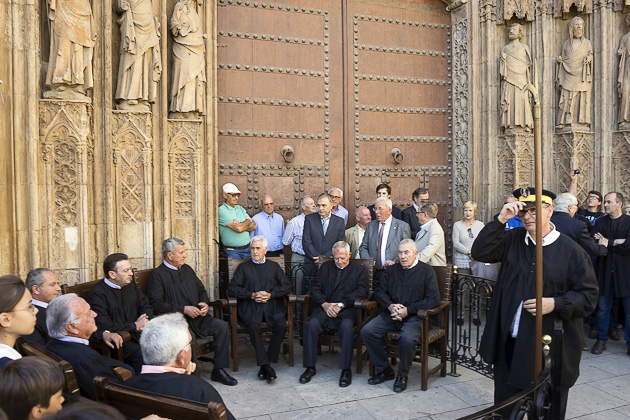

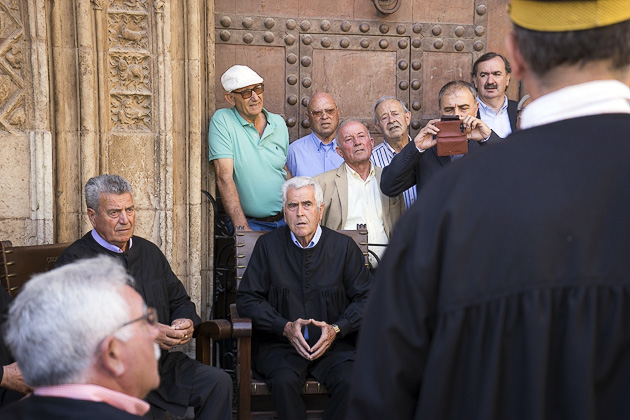





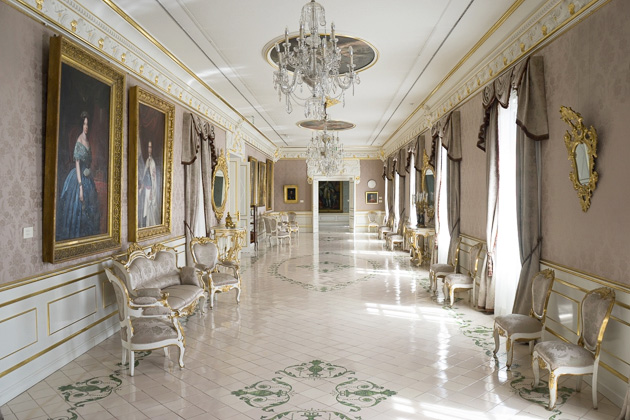
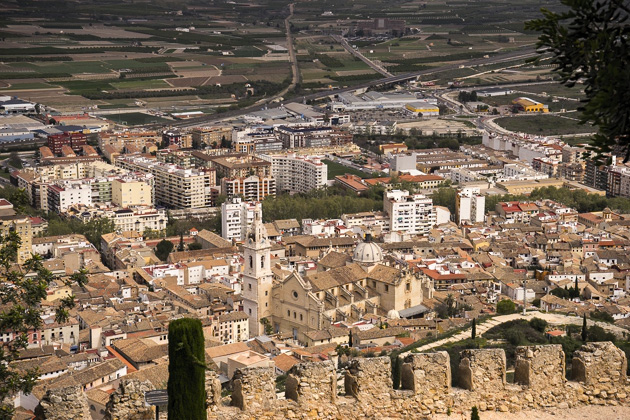
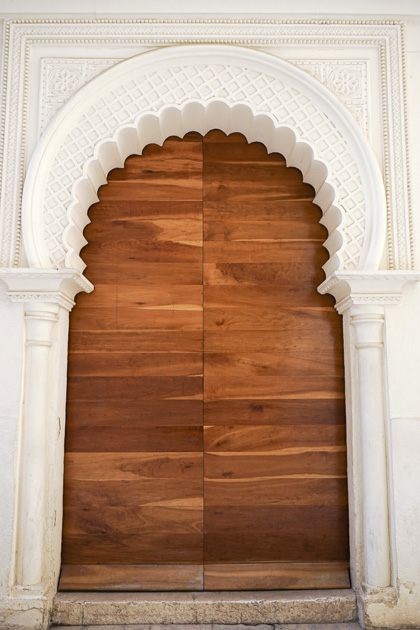

One curious fact, the Tribunal de Las Aguas takes place in the doors of the cathedral because the first time it took place, most of the owners of the fields were Muslim (it was after the conquer of Valencia by Jaume I a christian king, but muslims and christians live together in valencia form many years) so they were forbidden to enter the cathedral.